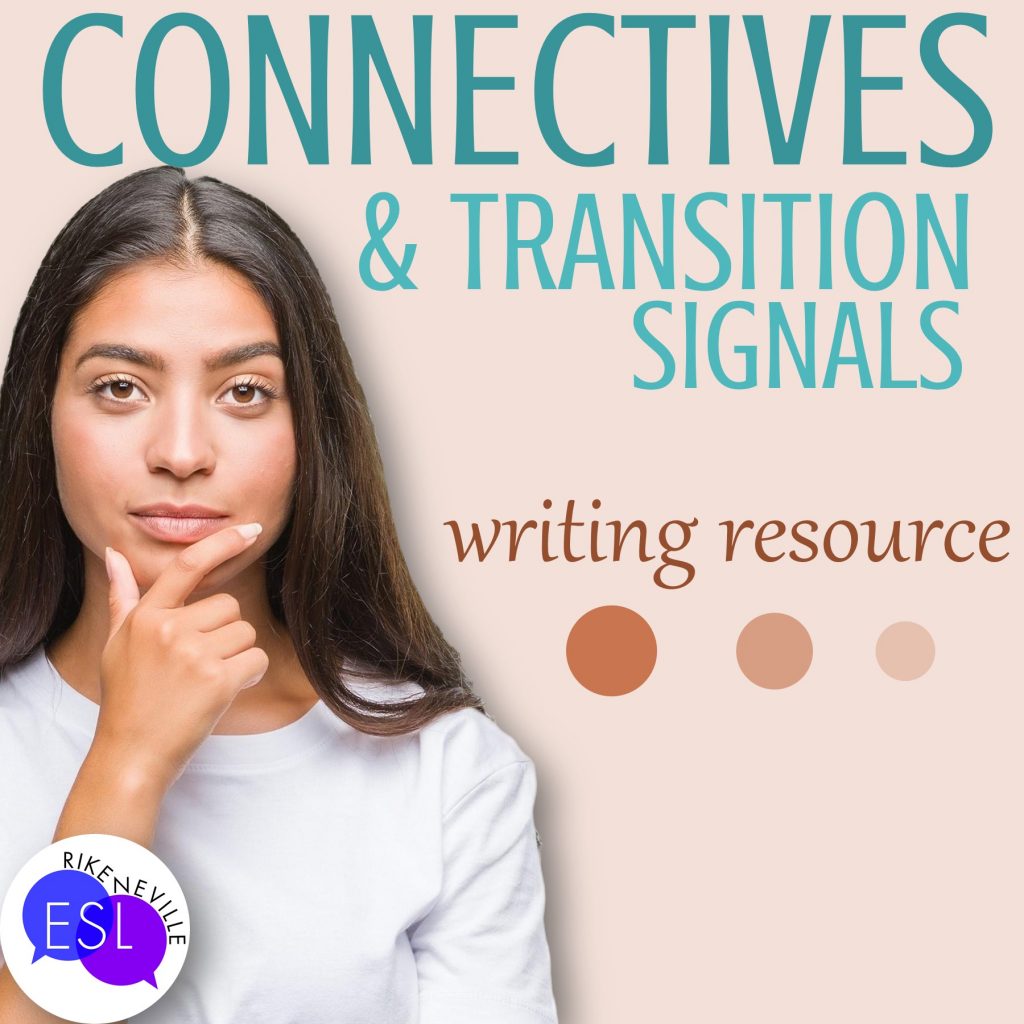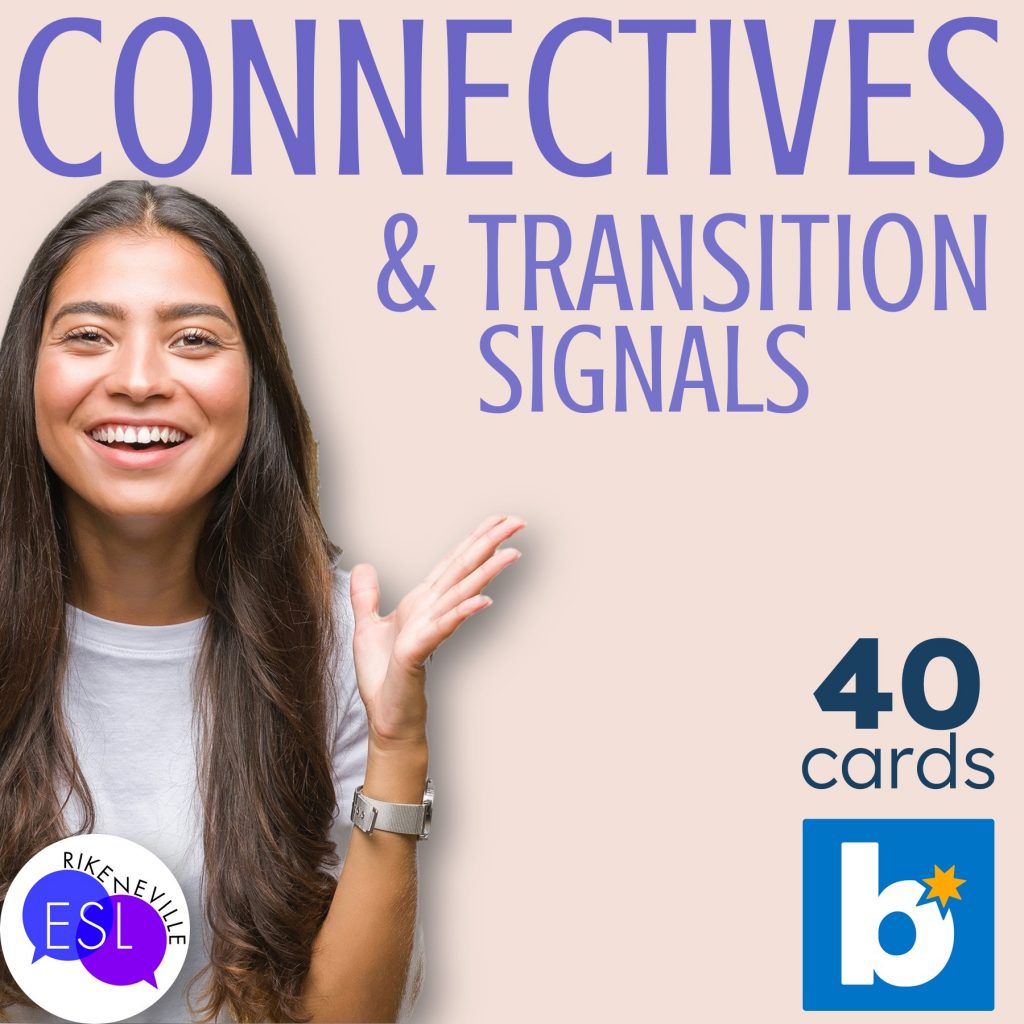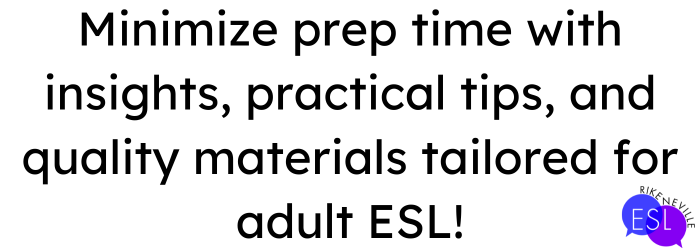
You’ve read the paragraph three times, and you still have no idea what’s going on. As this student is relatively articulate in class, the meandering of the paragraph has you stumped–why can’t she write a coherent paragraph? Without connectives & transition signals, the writing meanders like a lost child in a toy store. So why aren’t our adult ESL students using them?
Culture dictates what is good writing.
You’ve been sitting there trying to make sense of the essay in front of you for some time now. Is this student in the wrong course level? Sometimes, it’s not that you’re hangry, and it’s not that your student is trying to confuse you. What we might have here is the inevitable collision of one culture’s definition of good writing with another culture’s entirely different take on it.
This point was really hammered home to me when I read an editorial in an English-language version of a Saudi newspaper. I immediately recognized the style of writing because it matched that of my Saudi students. The editorial was very well received by highly educated Arabic speakers, and I suddenly had my Ah-Ha moment.
My cultural bias on writing had me judging my students’ writing as poor because the Arabic style didn’t match the American English style!

Now, this didn’t mean that I began accepting their writing as is. That would’ve been a huge disservice to them. Writing classes for ESL students is not just about how to write a sentence. It is also about how to tell a story, giving credit where due, and our version of logical order. Remember, the way we sequence our thoughts and ideas isn’t universal. We can’t expect students from other cultures to implicitly know it.
After all, that paragraph your student turned in that made zero sense to you just might be BRILLIANT in his culture. Instead of bemoaning your students “lack” of good writing skills, acknowledge that they have different writing skills just as they have a different language. In a way, you’re going to add to their writing skills, not fix them. You have a challenge you can meet, not an obstacle ruining your day.
Imagine grading essay after essay that just FLOWS
You can have that! You can go for the old reliable hamburger graphic organizer to drill home the topic sentence, supporting sentences, and conclusion. Use those inverted triangles to train them to start general and get specific. But, once your students know transition words that signal order and can use them, it’s like you’ve given them the key to a secret code. It won’t take long before they are skillfully using it to improve their English writing skills.

Connectives & transition signals can be guide posts.
Have you ever tried to recreate that delicious treat you saw on Pinterest and end up with something that could win an award as a “Pinterest-fail”?
Having a model to work from can give you an end goal, but it’s not always within reach if you don’t practice first. So while a list of connectives & transition signals is certainly a handy tool to add to your students’ toolkits, be sure they get to practice using them.
In the end, we can all arrive smoothly at the same destination if we’ve got a map.
Meandering and rambling are such fun during a road trip, but we tend to want to have a good set of road maps and some planned stops for food and rest with writing. Teach your students connectives & transition signals. It can be the difference between wandering in circles and leading the way.
Freebie Alert!
Want a FREE quick reference sheet? This handy sheet will ensure your students aren’t using the same tired words repeatedly.
Point me to some resources for teaching connectives!



Read more about teaching adult ESL!
- Three Painless Activities for Teaching Facts and Opinions in Adult ESL
- How Using Adjective Clauses Helps Power Up Their Writing
- Summarization: A Basic Take on an Essential But Often Forgotten Reading Strategy for Adult ESL
- 5 Powerful Reasons to Read Aloud in Adult ESL Classes
- The Profound Impact of Reflective Writing in the Adult ESL Classroom

Leave a Reply